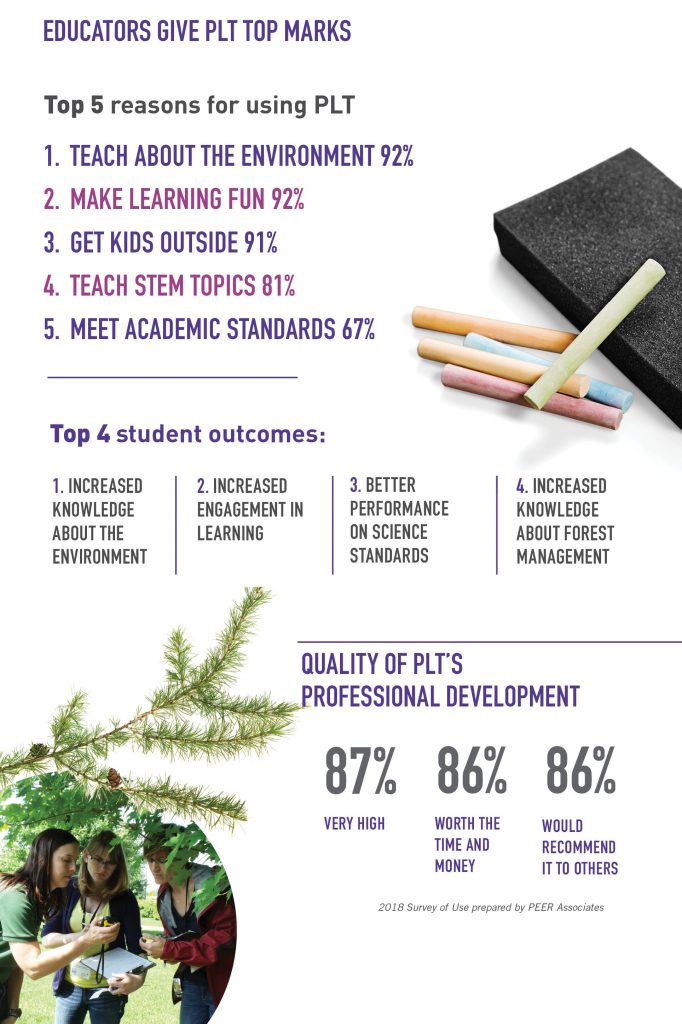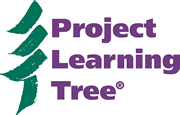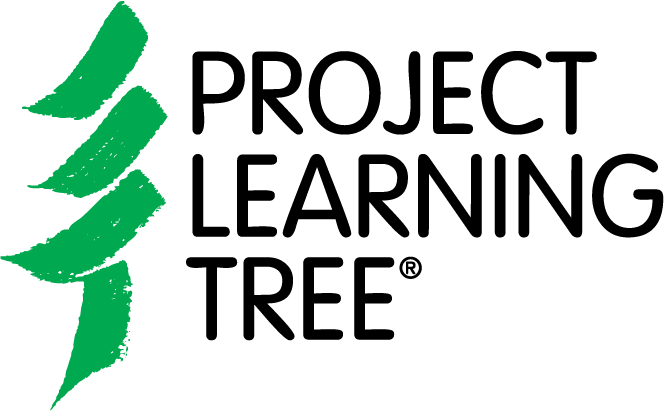
Creating quality curriculum materials is the cornerstone of Project Learning Tree. We have been one of America’s most widely-used environmental education curriculum for over 35 years. More than 765,000 teachers have been trained to use Project Learning Tree curriculum, reaching more than 138 million students.
We’ve achieved these results through the rigorous development and evaluation of our materials.
Development
To ensure our materials are balanced, effective, and useful for educators, we’ve created a strict development process.
In some instances, we’ll partner with an outside agency. For example, in our secondary module Exploring Environmental Issues: Biodiversity, we teamed up with the World Wildlife Fund (WWF). Another example of a successful partnership is our secondary module Global Connections: Forests of the World, which was developed in conjunction with the World Forestry Center.
With all of our modules, it begins with diverse input. Hundreds of people provide material through multiple drafts. Our goal is to create objective, standards-based curriculum materials that will stand the test of time.
Once we’ve achieved a working program, master teachers pilot test new activities to determine whether they work with students. Technical experts, from a variety of disciplines and backgrounds, review curricula for accuracy. Ultimately, final versions are formally tested in dozens of classrooms by independent teams led by university professors.
Evaluation
Before Project Learning Tree materials are presented at our professional development workshops, they undergo an independent and rigorous evaluation.
For example, more than 300 professionals participated in a formative evaluation by pilot testing the PreK-8 curriculum in classrooms around the country. This was followed by a summative evaluation, conducted by the Research Commission of the North American Association for Environmental Education.
The evaluation consisted of both traditional pre-test/intervention/post-test procedures and alternative assessment techniques and confirmed increased knowledge and positive attitudinal growths among students exposed to Project Learning Tree. For more information, please see our Executive Summary of the 1994 National Field Study Final Report
The secondary modules have also undergone similar formal evaluations. The Focus on Forests, Forest Ecology, and Municipal Solid Waste modules were evaluated by Dr. Louis Iozzi at Rutgers University-Cook College. The Focus on Risk module was evaluated by Christina Gomez-Schmidt and Dr. Michaela Zint at the University of Michigan. The Places We Live module was evaluated by Dr. Sarah Haines at Towson University, Maryland. You can view Dr. Haines’ evaluation of the Places We Live module.
State Evaluations
Many states have also conducted their own evaluations of Project Learning Tree in their state. Maine evaluated its program in Spring 2002. New Hampshire evaluated their Summer Institute professional development model in 2007. One finding of the New Hampshire evaluation was that when designing new curriculum units, the majority of respondents (88%) included PLT activities.
Project Learning Tree programs in Alaska, California, Louisiana, New Hampshire, North Carolina, Oregon, and Utah have surveyed participants to ensure that our materials and workshops are meeting educators’ needs.
In addition to the evaluations we direct, the NAAEE and the California Department of Education each reviewed Project Learning Tree materials through their curriculum evaluation projects. We were given excellent evaluations in both publications. For more information see the Spring 2002 issue of The Branch newsletter, and www.NAAEE.org for information on their Guidelines for Excellence Project including the resource reviews.
Results
Project Learning Tree has taken root and spread to all 50 states – with 15,000-20,000 educators attending day-long workshops every year so they can learn how to use our materials in their curricula. Our active-user database includes over 100,000 educators and is growing! Plus, 60 percent of new users say they came to Project Learning Tree because another teacher told them about it. Eight educators in ten say, in independent studies, that Project Learning Tree helps their students develop broader knowledge about the environment, better reasoning skills – and even helps improve performance in other subject areas.
Educators Give PLT Top Marks
From a 2018 Survey of Use prepared by PEER Associates:
Top 5 reasons for using PLT
- Teach about the environment – 92%
- Make learning fun – 92%
- Get kids outside – 91%
- Teach STEM topics – 81%
- Meet academic standards – 67%
Top 4 student outcomes
- Increased knowledge about the environment
- Increased engagement in learning
- Better performance on science standards
- Increase knowledge about forest management
Quality of PLT’s Professional Development
- 87% Very High
- 86% Worth the Time and Money
- 86% Would Recommend it to Others

